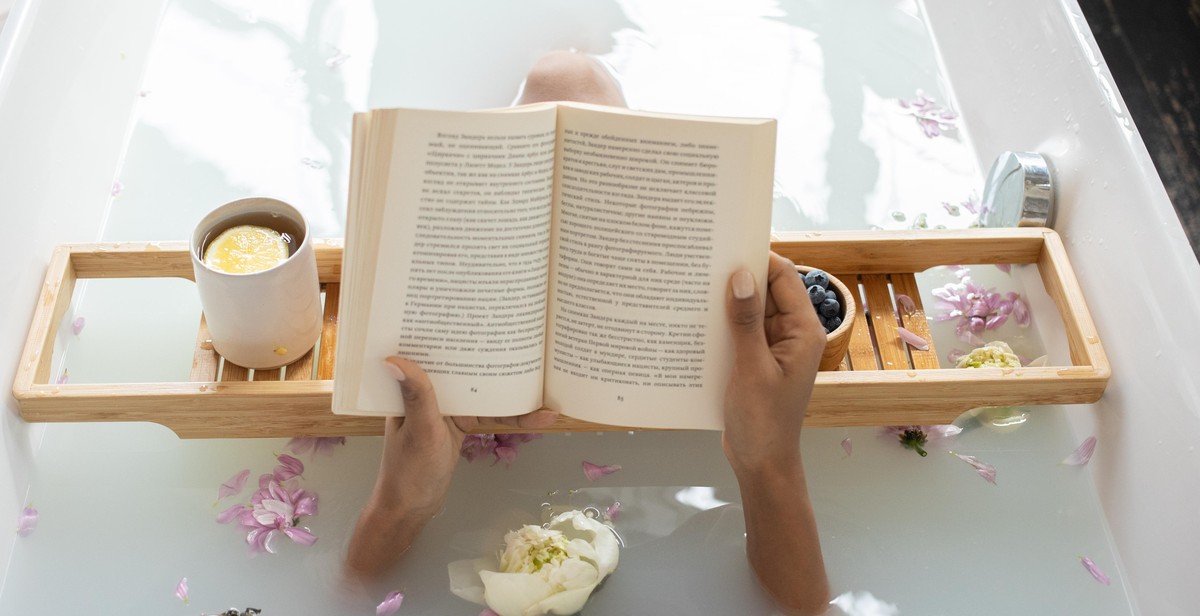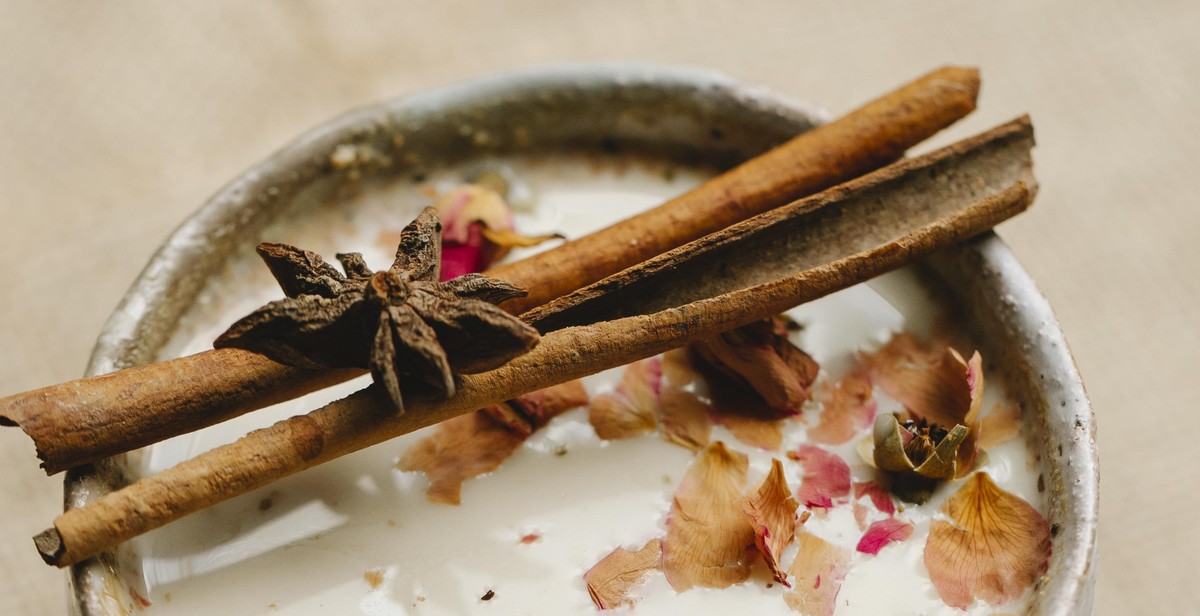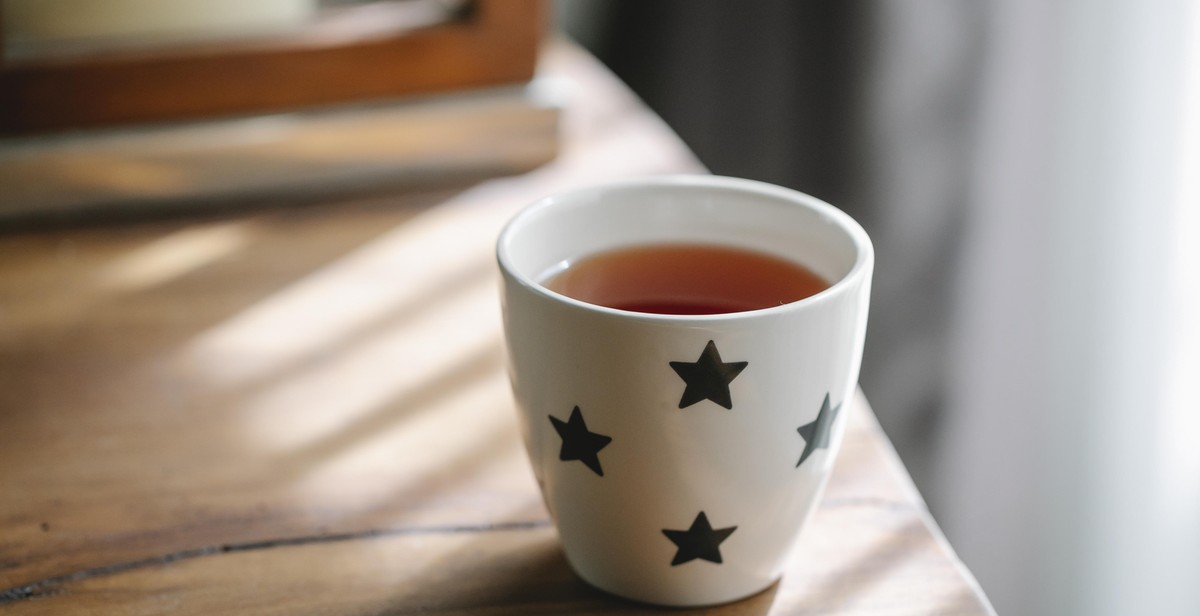How to Appreciate and Identify Different Types of White Tea
If you are a tea lover, you must have heard about white tea. It is one of the most delicate and rare types of tea, known for its subtle flavor and numerous health benefits. White tea is made from the Camellia sinensis plant, which is the same plant used to make black, green, and oolong teas.
What sets white tea apart from other types of tea is its minimal processing. Unlike other teas that undergo extensive processing, white tea is made from the youngest and most delicate leaves and buds of the tea plant. The leaves are plucked by hand and dried in the sun or in a carefully controlled environment. This minimal processing helps to preserve the natural flavor and aroma of the tea.
White tea is known for its numerous health benefits, including its high antioxidant content. It is also low in caffeine, making it a great option for those who are sensitive to caffeine. Drinking white tea regularly can help reduce the risk of chronic diseases, improve skin health, and promote relaxation.
If you are new to white tea, it can be challenging to appreciate and identify the different types available. In this article, we will discuss how to appreciate and identify different types of white tea, from the most common to the rarest varieties.

Types of White Tea
White tea is a delicate and aromatic tea that is made from the youngest leaves of the Camellia sinensis plant. The leaves are picked before they are fully open and are then withered and dried. There are several types of white tea, each with its own unique flavor profile and characteristics. Here are some of the most popular types of white tea:
Silver Needle
Silver Needle, also known as Bai Hao Yinzhen, is the most prized and expensive type of white tea. It is made from the youngest and most tender leaves of the Camellia sinensis plant and is only harvested for a few days each year. Silver Needle has a delicate, sweet, and floral flavor with a light body and a pale, almost clear liquor. It is best brewed with water that is just below boiling and steeped for 2-3 minutes.
White Peony
White Peony, also known as Bai Mu Dan, is the second most popular type of white tea. It is made from the buds and young leaves of the Camellia sinensis plant and has a slightly stronger flavor than Silver Needle. White Peony has a sweet, fruity, and floral flavor with a medium body and a pale yellow liquor. It is best brewed with water that is just below boiling and steeped for 3-4 minutes.
Longevity Eyebrow
Longevity Eyebrow, also known as Shou Mei, is a type of white tea that is made from the mature leaves of the Camellia sinensis plant. It has a stronger and more robust flavor than Silver Needle and White Peony and is often described as earthy and woody. Longevity Eyebrow has a medium to full body and a golden yellow liquor. It is best brewed with water that is just below boiling and steeped for 4-5 minutes.
Tribute Eyebrow
Tribute Eyebrow, also known as Gongmei, is another type of white tea that is made from the mature leaves of the Camellia sinensis plant. It has a similar flavor profile to Longevity Eyebrow but is slightly sweeter and more delicate. Tribute Eyebrow has a medium to full body and a golden yellow liquor. It is best brewed with water that is just below boiling and steeped for 3-4 minutes.
Gongmei
Gongmei, also known as Tribute Eyebrow, is another type of white tea that is made from the mature leaves of the Camellia sinensis plant. It has a similar flavor profile to Longevity Eyebrow but is slightly sweeter and more delicate. Gongmei has a medium to full body and a golden yellow liquor. It is best brewed with water that is just below boiling and steeped for 3-4 minutes.
Conclusion
Understanding the different types of white tea and their unique flavor profiles can help you appreciate and identify them better. Whether you prefer the delicate and floral flavor of Silver Needle or the earthy and woody notes of Longevity Eyebrow, there is a white tea out there for everyone.

How to Appreciate White Tea
White tea is a delicate and subtle tea that requires a bit of attention to fully appreciate. Here are some tips to help you appreciate white tea:
Appearance
White tea is known for its delicate appearance. The tea leaves are typically long and thin, with a silver or white color. The tea liquor, or the liquid that results from steeping the tea leaves in water, is also pale in color, ranging from a light yellow to a pale amber.
When preparing white tea, it’s important to use clear, glass teaware to fully appreciate its appearance. This allows you to see the delicate color of the tea liquor and the beautiful shape of the tea leaves.
Aroma
The aroma of white tea is subtle and light. It has a delicate floral and fruity scent, with a hint of sweetness. The aroma can vary depending on the specific type of white tea, but it’s always gentle and pleasant.
To fully appreciate the aroma of white tea, it’s important to use freshly boiled water and steep the tea for the recommended amount of time. This will allow the aroma to fully develop and be released into the air.
Taste
The taste of white tea is delicate and nuanced. It has a subtle sweetness and a light, refreshing flavor. The taste can vary depending on the specific type of white tea, but it’s always gentle and smooth.
When tasting white tea, it’s important to take small sips and let the tea linger on your tongue. This allows you to fully appreciate the delicate flavors and textures of the tea.
Conclusion
By paying attention to the appearance, aroma, and taste of white tea, you can fully appreciate this delicate and nuanced tea. Whether you’re a seasoned tea drinker or new to white tea, these tips will help you get the most out of your tea experience.

Identifying High-Quality White Tea
White tea is a delicate and subtle tea that is known for its light color and delicate flavor. It is produced from the youngest leaves and buds of the tea plant, and it undergoes minimal processing. However, not all white teas are created equal. There are several factors that determine the quality of white tea, including its origin, leaf quality, and processing.
Origin
The quality of white tea can be influenced by the region in which it is grown. The most famous white teas come from China’s Fujian province, which is known for its high-quality tea production. In particular, the Fuding and Zhenghe regions of Fujian are known for producing some of the best white teas in the world.
Other regions that produce white tea include Darjeeling in India, Sri Lanka, and Kenya. However, these teas may not be as highly regarded as those from China.
Leaf Quality
The quality of the leaves used to make white tea is also important. The best white teas are made using the youngest leaves and buds of the tea plant. These leaves are picked early in the spring, before they have fully opened. The buds are covered in fine white hairs, which give the tea its name.
In addition to the age of the leaves, the way they are picked can also affect the quality of the tea. Hand-picked leaves are generally considered to be of higher quality than those that are machine harvested.
Processing
White tea undergoes minimal processing, which is one of the reasons it is considered to be a high-quality tea. After the leaves are picked, they are simply withered and dried. This minimal processing allows the natural flavor and aroma of the tea to come through.
However, the way the tea is processed can also affect its quality. For example, some white teas are sun-dried, while others are dried indoors. Sun-dried teas are generally considered to be of higher quality, as they are exposed to natural sunlight and fresh air.
| Factors | Quality |
|---|---|
| Origin | China (Fujian) |
| Leaf Quality | Youngest leaves and buds, hand-picked |
| Processing | Minimal processing, sun-dried |
By paying attention to these factors, you can identify high-quality white tea and fully appreciate its delicate flavor and aroma.

Brewing White Tea
White tea is a delicate tea that requires a gentle brewing process to bring out its unique flavors and aromas. Here are some tips to brew the perfect cup of white tea:
Water Temperature
The water temperature is crucial when brewing white tea. It is recommended to use water that is between 175°F and 185°F (80°C and 85°C). Boiling water can scorch the delicate tea leaves and ruin the flavor.
Brewing Time
White tea requires a shorter brewing time than other teas. It is recommended to steep white tea for 1-2 minutes. Over-steeping can result in a bitter taste.
Teaware
Using the right teaware can enhance the taste of white tea. It is recommended to use a glass or porcelain teapot or cup to appreciate the tea’s delicate aroma and color. Avoid using metal teapots or cups as they can alter the taste of the tea.
| Water Temperature | Brewing Time | Teaware |
|---|---|---|
| 175°F – 185°F (80°C – 85°C) | 1-2 minutes | Glass or porcelain teapot or cup |
By following these tips, you can appreciate the delicate flavors and aromas of white tea. Enjoy!
